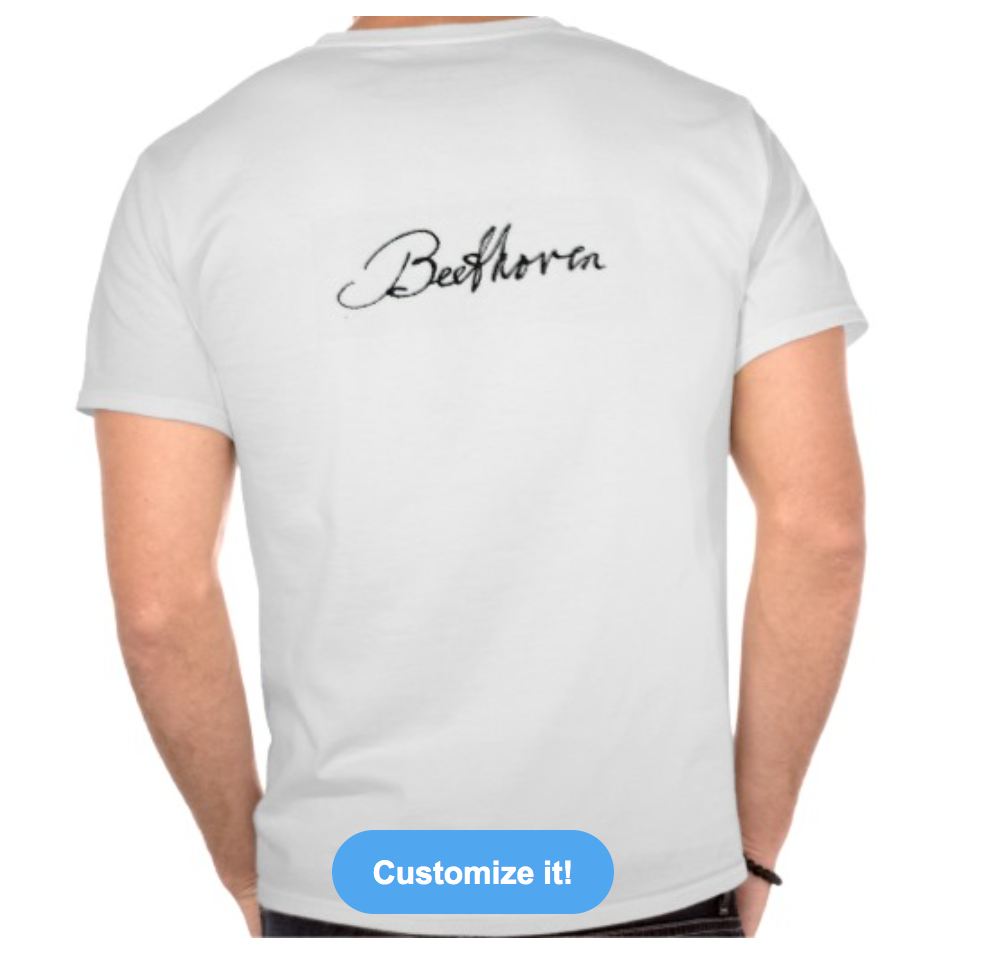Candide is almost too illustratable. I used to know what I'm talking about, I knew the book inside-out (no great accomplishment, it's about 100 pages), I'd read 3 or 4 biographies of Voltaire (he never said, "I disagree with what you say, but I defend to the death your right to say it." and was a bit of a war-profiteer. Still, he had guts.) I coulda told you what provoked him into writing Candide (Alexander Pope and an earthquake in Lisbon I think, but then, nobody ever asked me). Candide, encountered at the right time in life, is a bit like Vonnegut or Heller in the unearned wisdom department; the world's a crappy place, and mom, stop using that new detergent on my laundry, it smells funny.
Maybe I'm just being cranky in the presence of so much of my of juvenilia. I was inspired to try illustrating it from the age of about 20, when I first read Candide (by accident; in a Pogo book I was also reading, Porky the Porcupine is identified in the notes as the swamp's Alceste and I thought, hey, I gotta read that. But I got Candide confused somehow with The Misanthrope, a play by Neil Simon).
Candide is a comic strip in prose; a fast-paced picaresque yarn and a bitter satire of religion and society written when that sort of thing was dangerous. It was almost dashed off (the changes in tenses make it somehow even funnier and more immediate). Those familiar with the
Bernstein musical (me! ooh, me!) know that it is not Voltaire's Candide, despite the
smashing tunes. It's Candide with a happier ending. When you hear that Bernstein, who was writing West Side Story concurrently swapped out some songs ("One hand, one heart" was first in Candide) you're impressed at his virtuosity. But such emotions are foreign to Voltaire's Candide. Productions of Bernstein's operetta tend to emphasize the crazy funhouse side, using puppets, masks and other
inventive theatrical effects lavishly. My brother's theater, Arena Stage, put a on about 18 years ago and I remember it as full of trapdoors, magic tricks and suchlike coups de theater.
Maybe that's what makes Candide so alluring to illustrators; it's so much damn fun. And artists as diverse as Paul Klee and Rockwell Kent have responded, with varying degrees of success (I like Klee's more than Kent's). So, 20-year-old me, what's your take on Candide?
I was deep in my Ronald Searle phase. I'd recently discovered him and was emulating all his tropes and techniques without, of course, understanding them. Pat Oliphant said that everyone goes through a Searle stage; the trick was in pulling out once you'd learned what you needed to.
It's a very decorative style, and that limits what can be done with it. Although I remember it as liberating; what you can do with ink. But the drawings weren't right. It needed something smaller and faster.
This comes from 1986. I know because it says,"this is my favorite drawing of 1986" below it. I guess it was a slow year. It's certainly small and fast. I like the lettering and the scratchiness especially in comparison with the smooth flow of the lines in the preceding drawings.
I've posted this before but here it's in context. I think it's the most (only?) successful Candide illustration so far. I love the cross-hatching, stolen, if I recall, from Brad Holland, and I like the character of Dr. Pangloss.
I last tried to illustrate Candide about two years ago. The only result was a pile of torn up drawings.That's the problem with Candide; it's unillustratable.



















































